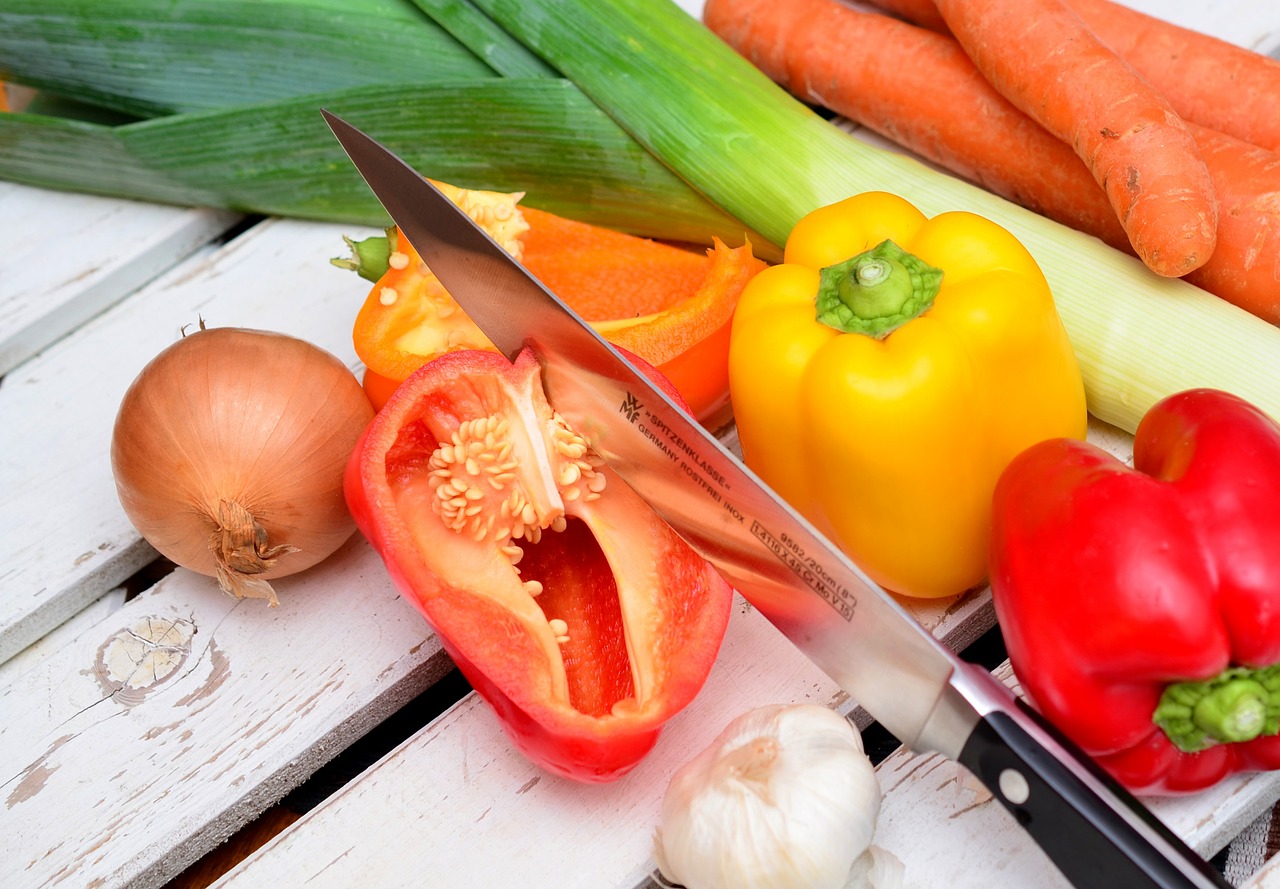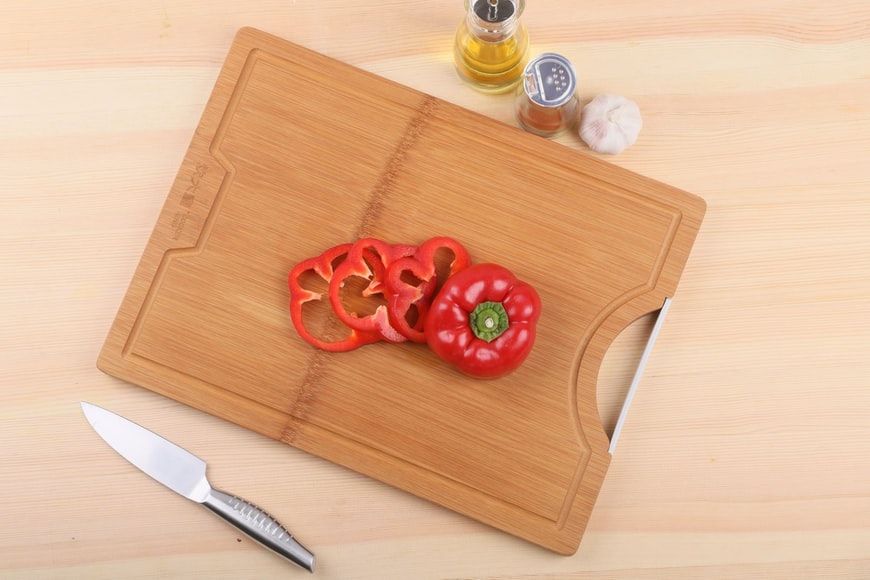Bell Peppers Recipes
When shopping for the bell peppers to cook with, look for ones with bright skin and no soft spots. They should be heavy with glossy skin and have no cuts or mold on the stem. Organically grown peppers are best for cooking since they contain more sugar than other vegetables. Make sure to choose one with an even shape and size to ensure even cooking. Red peppers are the sweetest and most nutritious.
Bell Pepper Nutrition Facts
Bell Peppers
Bell peppers, often known as sweet peppers, are a popular raw or cooked vegetable.


